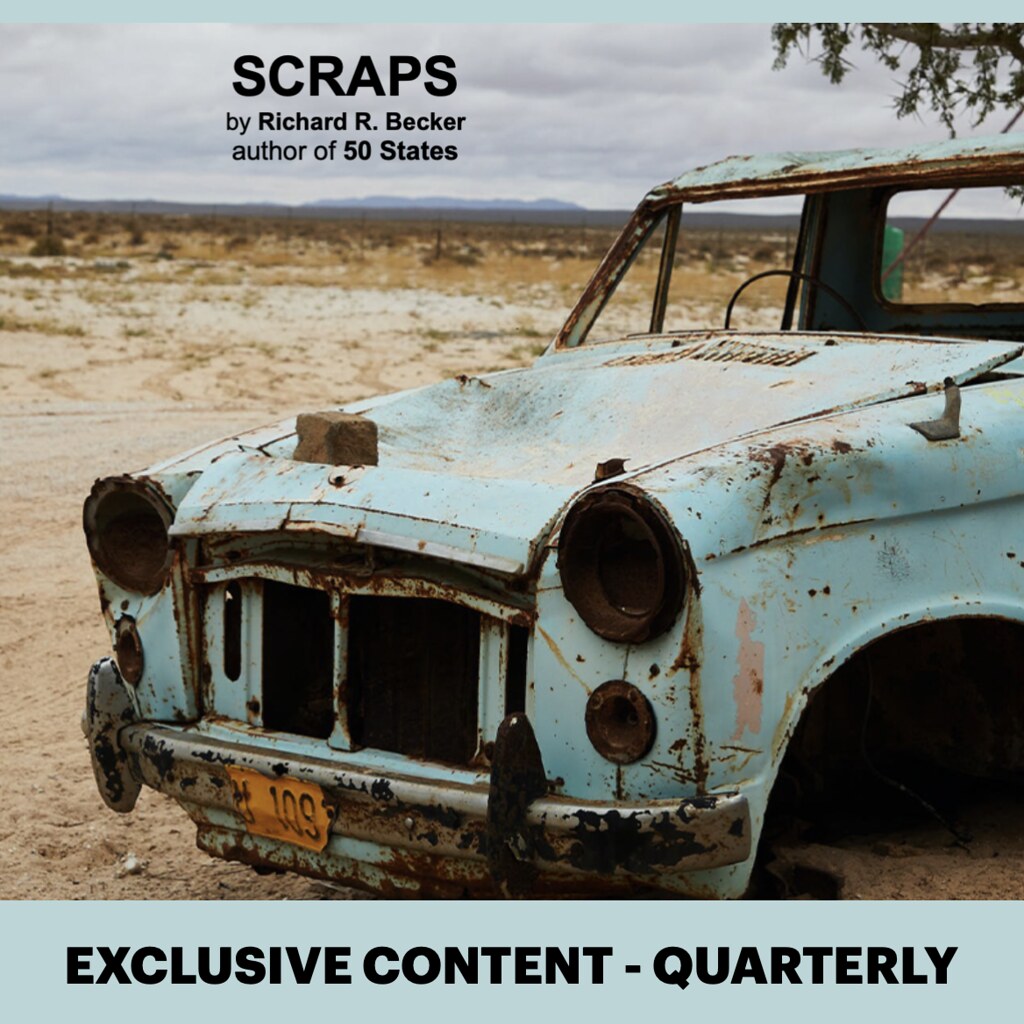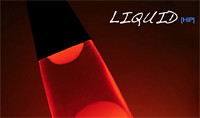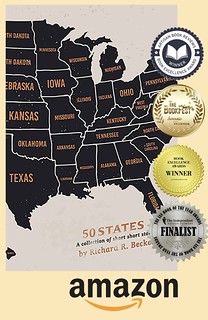Last week, a Nielsen study proclaimed that traditional advertising is still more credible than ads on search engines, Web site banners, and mobile phones.
Have you looked at most banner ads? Most aren’t trying for trust.
Since when has punching a monkey established credibility?
On the contrary, most online ads — whether simple and straightforward or monkey punching — aren’t trying to sell you anything. All they want you to do is click on the link and visit the Web site. And that is where the sale might take place because, according to the same study, brand Web sites are the fourth most trusted sources of information. So what are we missing?
The Web site is the advertisement and the banner ad is the ad for the Web site.
Not surprisingly, word-of-mouth advertising scored high. Seventy-eight percent of those surveyed said recommendations from other consumers was the most credible form of advertising. It has always been this way, which also hints at the power of communication.
Social media is front line communication. The resulting conversations are word-of-mouth advertising.
But not all word-of-mouth marketing sparked by bloggers or advertising gurus or public relations professionals is credible. As Sterling Hagar recently noted at AgencyNext: “When PR people resort to dress-up, play-acting, waitressing and such it suggests one of two possibilities to me: the client doesn't have a strong message or the PR people are having a hard time articulating it.”
Right on. Even people can look like monkeys.
Speaking of monkeys, the survey’s methodology included about 26,000 people on the Internet in 47 markets around the world, which means about 550 people per market. We're not even sure if they were shown ads to establish a context or what ads those might have been. Mediums don't create credibility; messages do.

Have you looked at most banner ads? Most aren’t trying for trust.
Since when has punching a monkey established credibility?
On the contrary, most online ads — whether simple and straightforward or monkey punching — aren’t trying to sell you anything. All they want you to do is click on the link and visit the Web site. And that is where the sale might take place because, according to the same study, brand Web sites are the fourth most trusted sources of information. So what are we missing?
The Web site is the advertisement and the banner ad is the ad for the Web site.
Not surprisingly, word-of-mouth advertising scored high. Seventy-eight percent of those surveyed said recommendations from other consumers was the most credible form of advertising. It has always been this way, which also hints at the power of communication.
Social media is front line communication. The resulting conversations are word-of-mouth advertising.
But not all word-of-mouth marketing sparked by bloggers or advertising gurus or public relations professionals is credible. As Sterling Hagar recently noted at AgencyNext: “When PR people resort to dress-up, play-acting, waitressing and such it suggests one of two possibilities to me: the client doesn't have a strong message or the PR people are having a hard time articulating it.”
Right on. Even people can look like monkeys.
Speaking of monkeys, the survey’s methodology included about 26,000 people on the Internet in 47 markets around the world, which means about 550 people per market. We're not even sure if they were shown ads to establish a context or what ads those might have been. Mediums don't create credibility; messages do.























